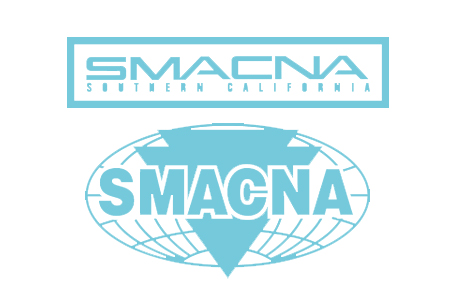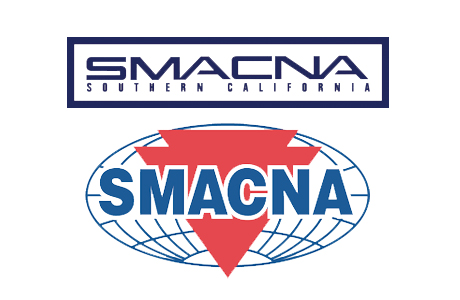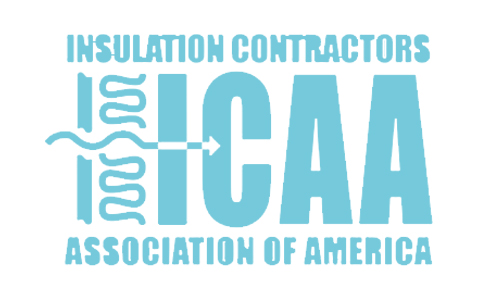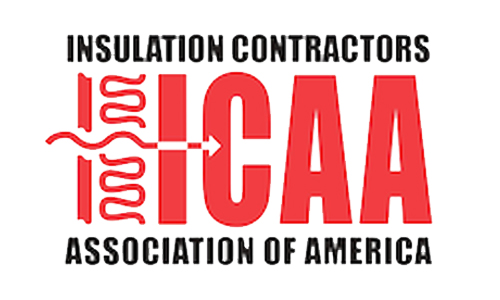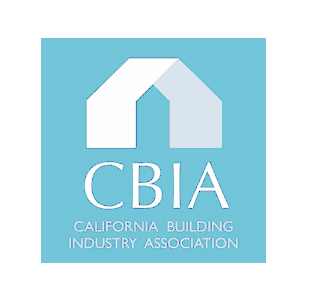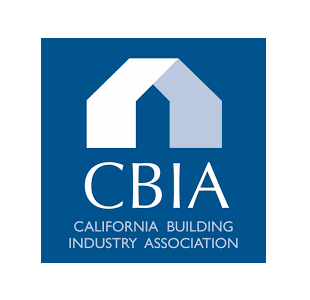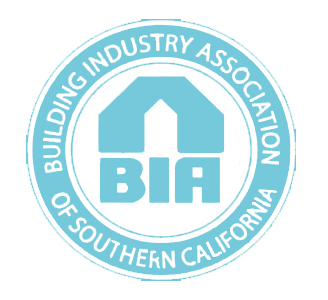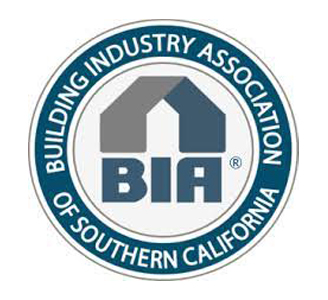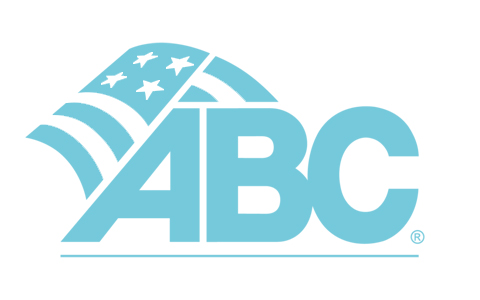Recently reported was an informal survey that placed a builder’s chance of being sued by a homeowner association at 80 to100 percent. Due to the phenomenon of construction defect litigation, many developers are halting shared-wall construction and opting for other high density development. In 1995, the California state legislature, in an effort to stem the tide of lawsuits filed by common interests developments, enacted Civil Code section 1375. This legislation was initiated by the building industry and supported by the California Building Industry Association (BIA).
The new Civil Code section is applicable to structures which the statute classifies as common interest developments. These include community apartment projects, condominium projects, planned developments with common area ownership, or stock cooperatives.
Generally, section 1375 provides procedures which are aimed at giving builders and their insurance carriers an opportunity to settle construction defect claims before litigation. A homeowners’ association must give written notice to the builder before it commences a lawsuit for construction defects. This written notice must contain a preliminary list of defects. If testing has been conducted, a summary of test results or copies of the actual tests results should be included with the written notice.
The written notice from the association starts a 90-day clock ticking. During this period the association and the builder are to attempt settlement or attempt to agree to submit the dispute to alternative dispute resolution (ADR).
The builder has 25 days after receiving the association’s notice to send its written request to meet and confer with the board of directors of the association, and to inspect-test the project. If the builder fails to make this request timely, the association is relieved from further obligations under section 1375, and may file its suit. Likewise, if the builder fails to follow many of the statutorily prescribed time limits, the association may similarly proceed with litigation.
The purpose of the meeting between the board of directors and the builder is to discuss the defects, the possible methods of repair, and whether the parties are agreeable to submission of the dispute to an ADR forum. Also at the meeting, the builder may request of the association that it be allowed to perform destructive testing.
If the builder opts to meet with the association’s board to discuss settlement, the builder is required at that point to place its insurance carrier on notice of the claim. The insurer must treat the association’s claim as though the builder has been served with a lawsuit.
Within 30 days after the inspection and testing or within 30 days after the meeting with the association’s board if no testing is performed, the builder must submit a written settlement offer to the association. The parties then have 10 days to meet and discuss the proposed settlement.
Will the statute have the desired effect of decreasing the number of construction defect lawsuits? Probably not, for several reasons. The statute does not require notice to or participation by a full range of potentially liable parties, such as the architects, engineers, construction managers, subcontractors or suppliers. Participation by these entities, and their insurers, into the pool of settlement funds is usually a necessary element in structuring a settlement on a large complex construction defect case.
An additional hurdle to the effectiveness of section 1375, is that the statute provides an insufficient amount of time for an insurer to evaluate the association’s claim. The insurer will have between 10 and 60 days to determine the validity of the defects, identify their nature and scope, determine if the defects relate to the design or construction, and analyze the appropriate repair and repair costs for each defect. After this short period of time the builder and its insurer must be willing to make a sometimes significant offer to the association to avoid litigation.
In short, the statute may discourage a small percentage of frivolous lawsuits, but will not stem the tide which has washed over California. To increase your chances of a quick, non-litigious settlement of a construction defect claim, here’s my advice: promptly involve your lawyer to insure that the statutory time limits and procedures are followed, provide early notice to insurers and other potentially liable trades to increase the likelihood that a viable settlement offer can be made within the 90-day window, and finally throw in a prayer or some good luck.
This article is intended to provide the reader with general information regarding current legal issues. It is not to be construed as specific legal advice or as a substitute for the need to seek competent legal advice on specific legal matters.





